France is arguably one of the most beautiful countries in the world, with over 65 million people calling this western European nation home.
There are three distinct climates in France that attract residents and visitors alike, with 200 million tourists taking in the sights and sounds of French culture every year.
The capital city of Paris is a top-ranked international tourism destination, and the French coast is a big hit with visitors, too.
France is known for its seasonable weather, with snowfall in the mountainous regions of the Pyrenees and the Alps.
Snow is rare outside the mountains, but the winter temperatures remain quite chilly, ranging from 32 to 45 degrees Fahrenheit in many places.
Keep on reading to discover more about snow and winter weather in France.
Table of Contents
How much does it snow in France?

The Alps are the main place for snow in France, with an average of 20 inches falling in the peak winter season from January to February.
With ample snowfall, the French Alps are the place to be for snow lovers and outdoor adventurers who like skiing and snowboarding.
In comparison, Paris gets 11 inches of fresh snow on average throughout the whole winter, while other parts of France like Pau only get two inches of snow.
It all depends on the climate and elevation in different French cities, as those nearer the mountains with chillier temps are more likely to get snow than the warmer, coastal areas.
What is winter weather like in France?
Anyone who wants to travel around France during the winter months of December, January, and February should pack warm clothes as winter in France is cold both up in the mountains and down in the temperate coastal areas.
It’s not unusual for temperatures to dip below zero, although highs in the 30s and 40s are most common.
However, like many countries around the world, France has seen some unusually warm weather for the winter months in recent times.
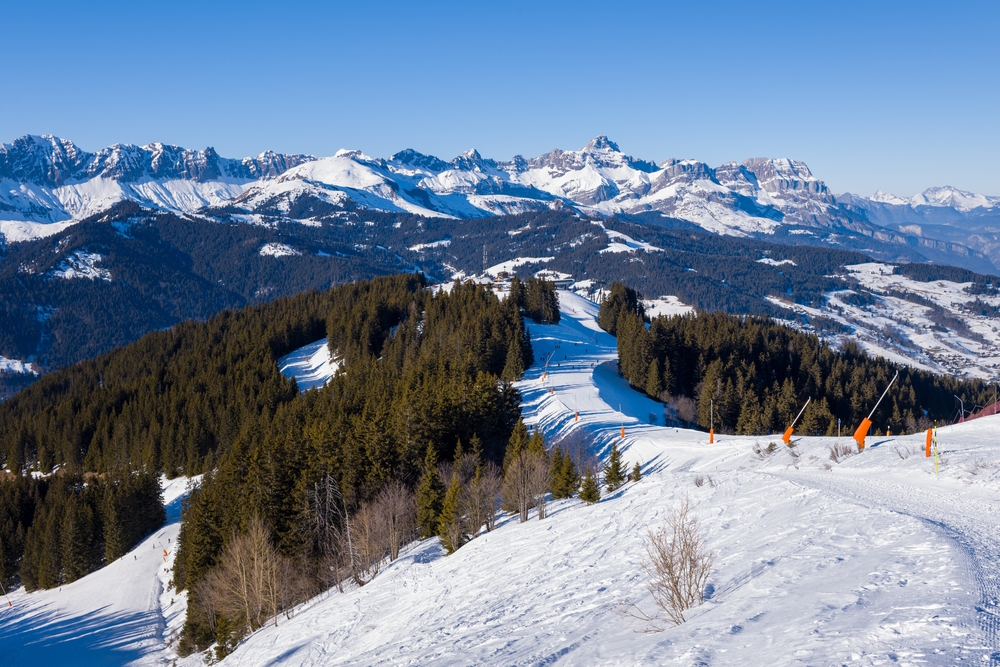
That’s why a range of jackets, sweaters, and scarves is best for a winter wardrobe, just to be safe.
Even strolling around Paris where there’s less snow than in the mountains, most people prefer a heavy winter coat, warm sweaters, and gloves to stay warm on overcast, chilly days.
Does it snow year-round in France?
Most major cities in France do not have snow all the time, and in fact, the spring and summer can get quite hot.
However, up in the mountains, there are places where it snows all throughout the year. Mont Blanc is the most notable location, as it’s the highest peak in France, standing 15,780 ft. or 4,810 meters tall.
The name Mont Blanc translates to white mount, as this area in the French Alps is covered by snow year-round.
In comparison, the low-lying French coast near sea level very rarely sees snow, even in the coldest times.
While a few flurries are likely in Paris and nearby cities during the winter, you will definitely want to head up into the French Alps for the heaviest snowfalls.
Does it snow in the French Mediterranean?
The temperate latitudes of France give it three distinct regions, with snowfall varying greatly from one to the other.
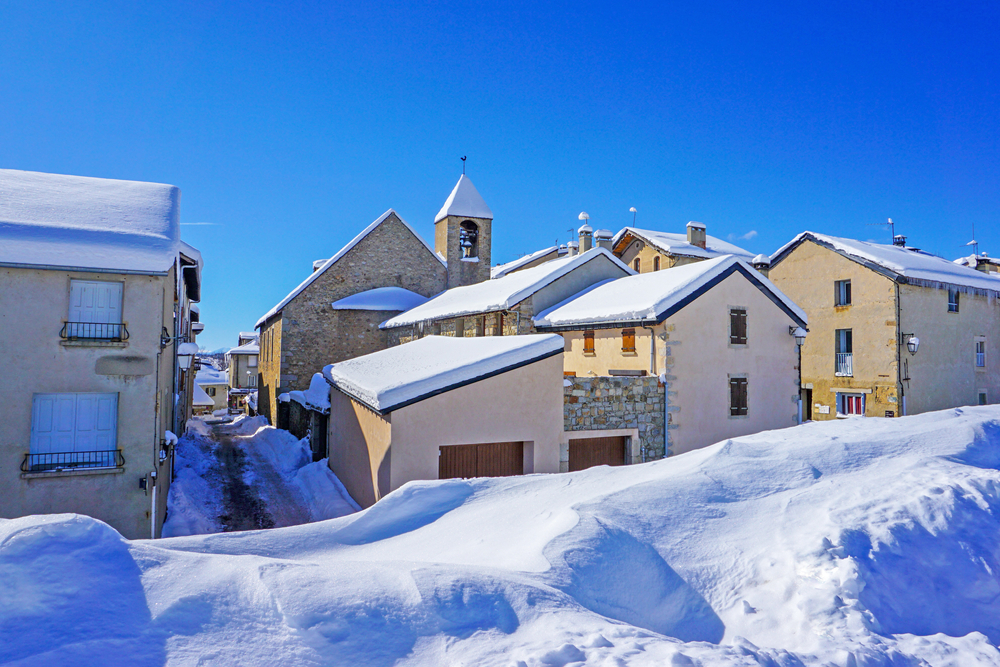
The Mediterranean coast has the least snow out of anywhere in France, with only one to three days of snow a year.
Perpignan, Nice, and other coastal Mediterranean towns are rarely affected by snowfall. In the rare event of snow there, it’s due to a dynamic cold front from the Alps.
Instead of snow, the French Mediterranean has hot, dry summer weather and cooler winters with plentiful rain.
The temperatures aren’t cold enough for it to snow here, with the average annual temperature around 59 degrees Fahrenheit (15 degrees Celsius).
Does it snow in the French Atlantic?
The western Atlantic region of France doesn’t get much snowfall either due to the oceanic climate.
Toulouse and Brittany get less than ten snow days a year, and that number drops below five the closer you get to the edge of the coast.
There are only two or three days of snow on the Atlantic islands every year.
Winter weather in the French Atlantic is mild with an average temperature of around 45 degrees Fahrenheit.
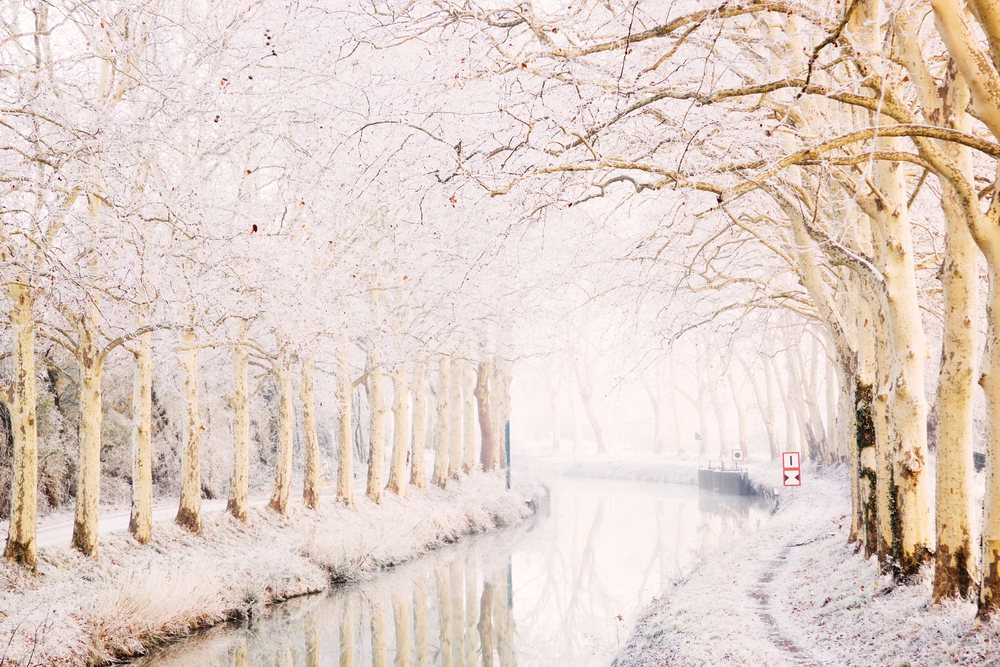
Overall, the year-round average temperature is about 72 degrees.
Although there’s not much snow in the French Atlantic, there is plenty of rain, with over 30 inches falling each year.
In fact, Brittany is the rainiest location in France, receiving about 25 inches or 648mm of rain a year.
It rains more in the winter than summer in this part of the French Atlantic.
Does it snow in northern France?
To see more snow in France, many people head north to Centre-Val-de-Loire or Hauts-de-France.
These beautiful regions are affected by cooler air from the North Sea Coast and the English Channel, giving them 10 to 15 average snow days a year.
Snow showers near the English Channel are not uncommon, although as you travel further inland to Paris and north-central France, it’s less likely that snow will actually stick on the ground.
Winter flurries are common during the Paris winter, but most of the time snow doesn’t actually accumulate in the city of love.
This is likely due to urban warming and the heat pocket formed across Paris.
However, there have been a few big snowstorms in Paris over the years, with wild winter weather surprising residents.
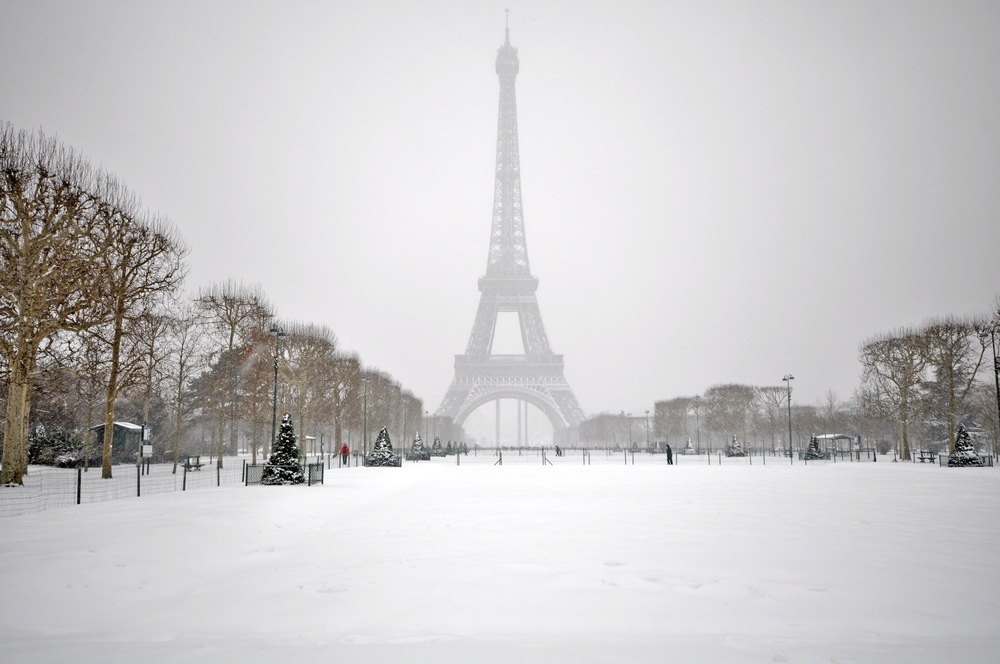
15 inches or 40 cm of snow fell in March 1946, which remains one of the biggest snowfalls on record in Paris.
There were also considerable snowstorms in December 2010 and February 2021.
Which parts of France get the most snow?
Central France has its fair share of snow with 15 to 20 days of snowfall a year, particularly between Picardy and Limousin.
Similar to Burgundy’s Saône Valley, Picardy and Limousin are nestled between the western coast and the eastern continental border, creating a cool winter climate where temperatures drop low enough for snow to stick.
The Eastern regions of Burgundy and Champagne have 20 to 25 snow days a year, with a more noticeable continental influence thanks to the cold air coming down from central Europe.
The farther east you go, the more snow there is, with Lorraine, Alsace, Franche-Comté, and the Ardennes recording 25 to 30 days of snow annually.
Exposed plateaus and rolling hills get the most snow in this picturesque part of France.
Out of the numerous French regions and cities, overall the best places to go for snow include the Alps, Jura, Vosges, Massif Central, and the Pyrenees.
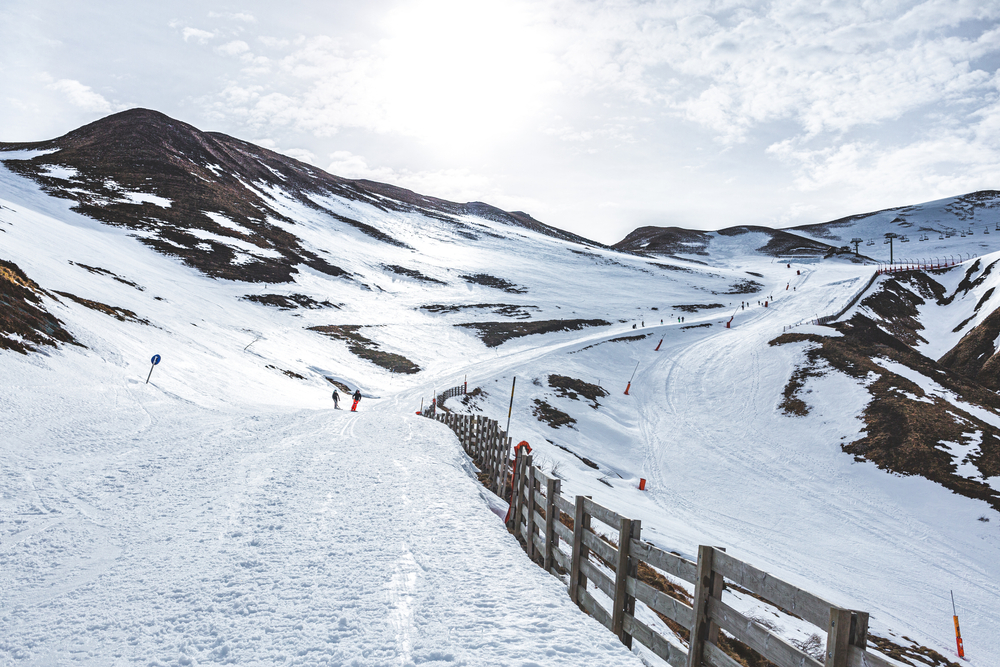
Saint-Etienne in the Furan Valley holds the record as France’s snowiest city, with 32 inches or 82 cm of yearly snowfall.
Can you ski in France?
France is a premier skiing destination thanks to the regular winter snowfall in the mountains and the cool temperatures.
December is a popular time for skiing holidays just in time for Christmas, although January day trips to the mountains offer the best chance of fresh snow.
Here are some of the most popular snow resorts in France for skiing and snowboarding:
- Alpe d’Huez
- Courchevel
- Chamonix
- Val d’Isere
- Espace Killy
- Les Arcs
- La Plagne
- Meribel
- Morzine
- Serre Chevalier
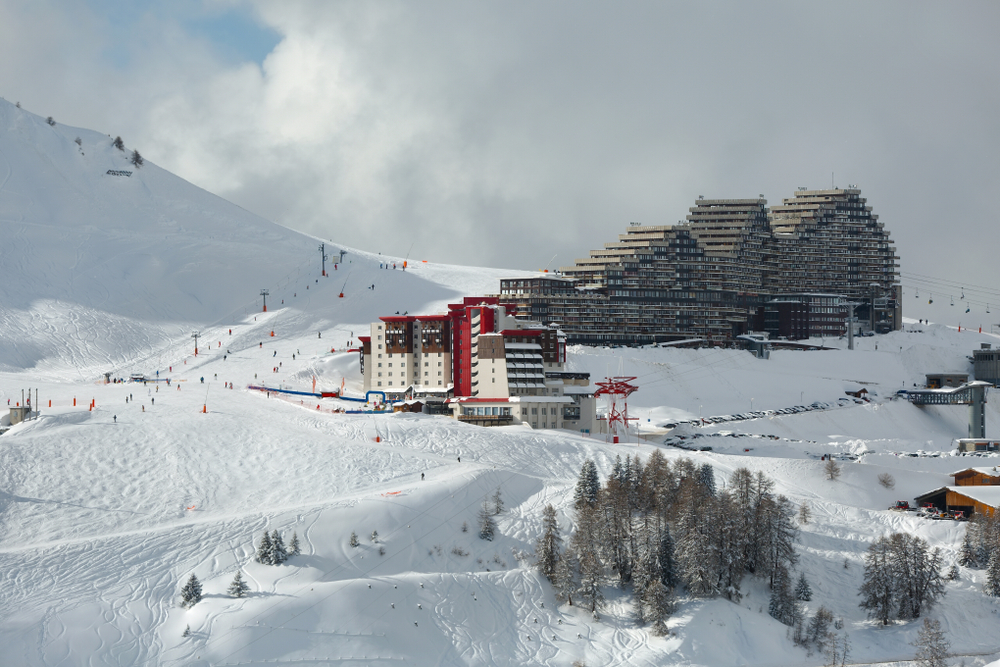
While December, January, and February are the best months to hit the slopes in France, modern snowmaking at nearly all French ski resorts means you can participate in snow activities year-round.

















